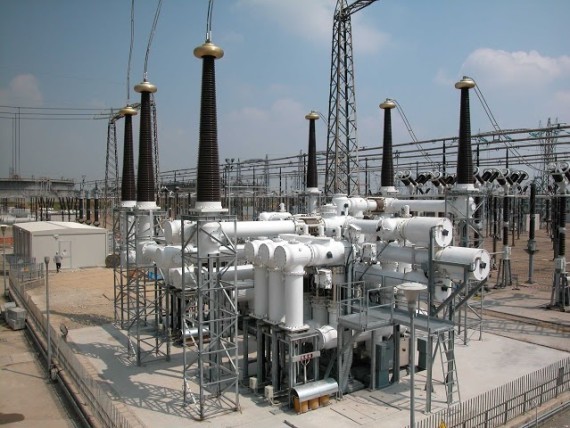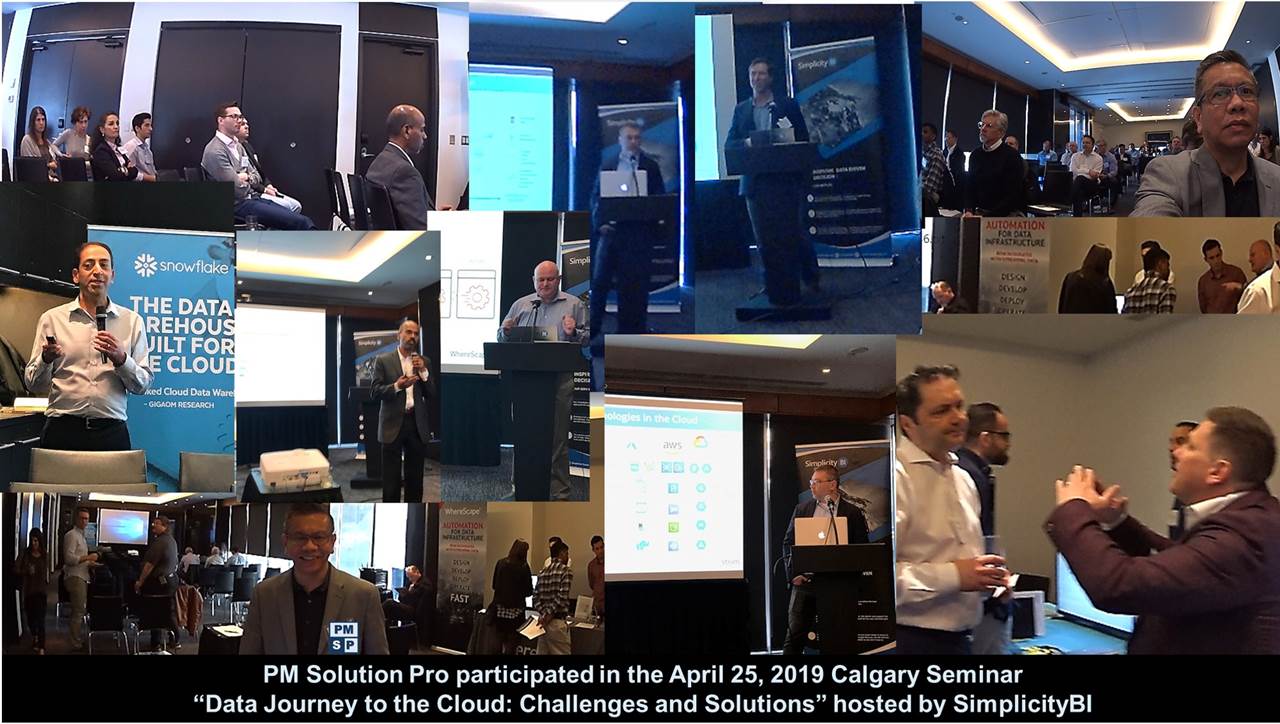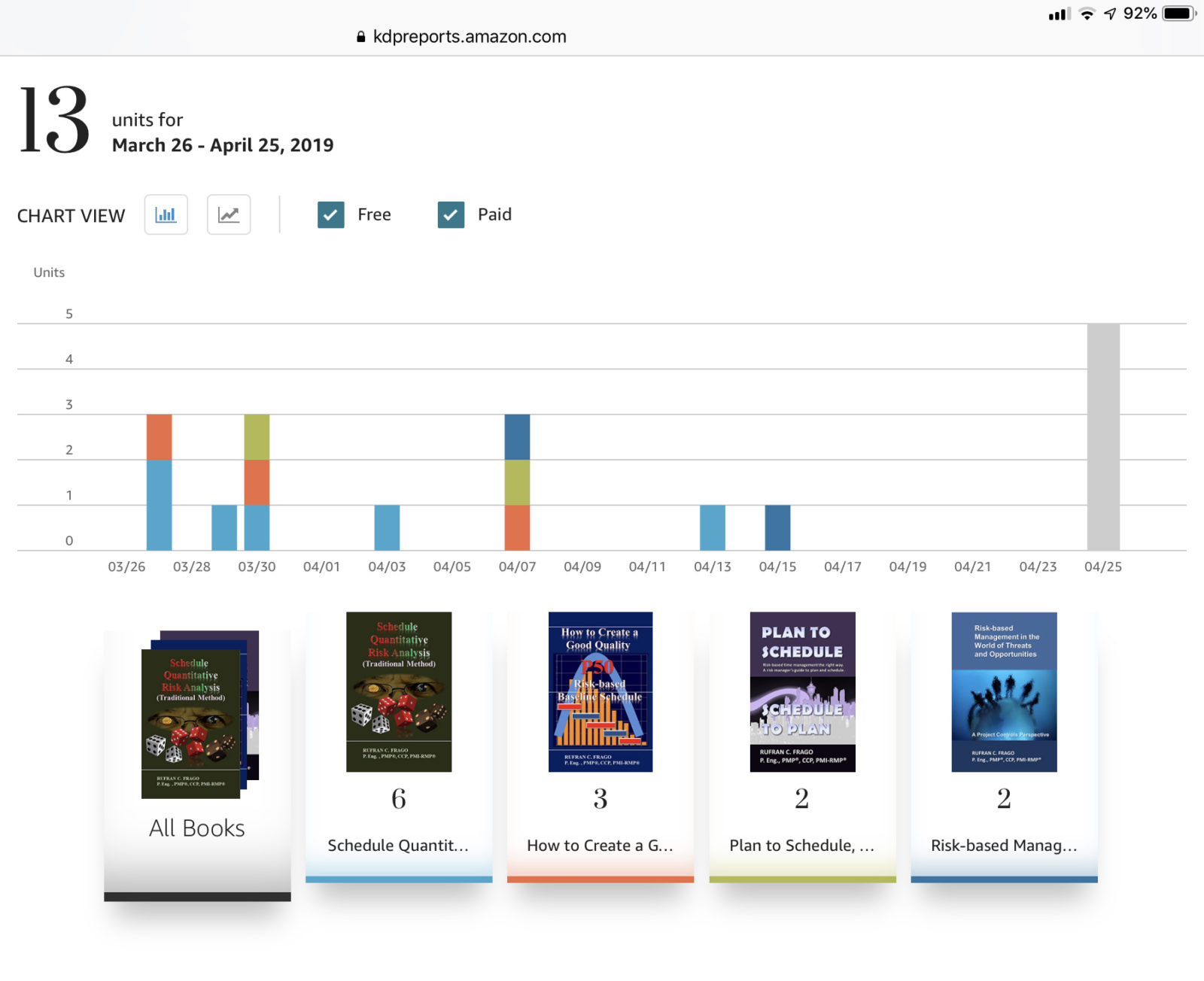Capital project designs need to consider assets full life-cycle costs to better understand the truer cost of environmental permitting and land acquisition, build, operations, maintenance and disposal to end up with assets that bring long-term value. For instance, there has been much research done in-terms of loading various assets to go beyond their design capacities into their safe-operating limits where you start to trade the remaining asset life for short-term or momentary loading such as during emergency situations or momentary peak demands. You can also extend life of existing assets by replacing only the components that have reached their limits.
In the early 1900’s when electricity was being distributed to the houses. Utilities were considered technology companies because they were laying the foundation of the modern life and there was a strong demand for electricity service to be able to bring light and connect time saving tools and appliances at home with perhaps the same longing eyes as there is today with the latest smart devices. Somewhere along the way utilities lost their cool and instead of being innovators utilities became known as bureaucratic and boring.
Utilities are trusted with a responsibility to provide a standard service at a regulator approved rate, without a right to refuse anyone, with expectations for the highest levels of public safety and reliability of service. That makes us conservative by nature, I get it. But that’s no excuse to be complacent, hiding behind the shadow of greater responsibility and walls of regulation, thinking that we have too many constraints to innovate. Hoping that our business model will continue to deliver value for our customers, the shareholders and the stakeholders.
Utilities are at a crossroad today and they need to decide whether they are going to evolve to become more innovative on their own initiative or are they going to be forced by customer pressure through political will and regulators or be taken-over by the non-utility competition.
The greatest gift a man can give to his children is to love and respect their mother (Hesburgh, T., 1917-2015). Mother’s Day is coming fast. Don’t forget to honour your better half! Cheers to all loving Moms!
PM Solution Pro has recently increased global presence after approval of its Google Business Website. Prospective clients can now search PM Solution Pro and any of its prime business products and services easily with specific, useful results. We as a company wants to be at the information storefront offering what we are good at and subsequently excelling in every undertaking.
Announcement! Just released the paperback coloured edition of the book “Schedule Quantitative Risk Analysis (Traditional Method). Now available in Amazon.com and other international outlets.
PM Solution Pro participated in the Calgary Seminar hosted by SimplicityBI titled “Data Journey to the Cloud: Challenges and Solutions. Implementing Your Agile Data Architecture In The Cloud.” We listened to vendor’s subject matter experts speakers from Snowflake, WhereScape, Seven Generations Energy, Striim, Denodo and a current client from Vancouver International Airport.
One of PM Solution Pro’s remarkable resource Planning and Scheduling Consultants is Maris Gomez. She’s been with project controls for more than fifteen years. She describes herself as ambitious, dedicated, collaborative , strategic, and tactical.
She has represented both owner’s and contractor through the years. Maris is multilingual, able to communicate in English, Spanish and Italian. She is friendly and ready to professionally engage anytime!
Just discovered Amazon’s KDP reports Beta and is quite satisfied with the new sales statistical graphs it can generate. It…
Client feedbacks must be clear, with enough details yet to the point. This gives contractor their fair chance. The client expect the same from
the contractor. All feedbacks must have a tracking mechanism in place. Every schedule must have a benchmarked minimum schedule quality so it remains reliable.
Losing the quality essence of the schedule means the increased possibility of losing stakeholder’s confidence. The project has to avoid such situation from ever happening.










